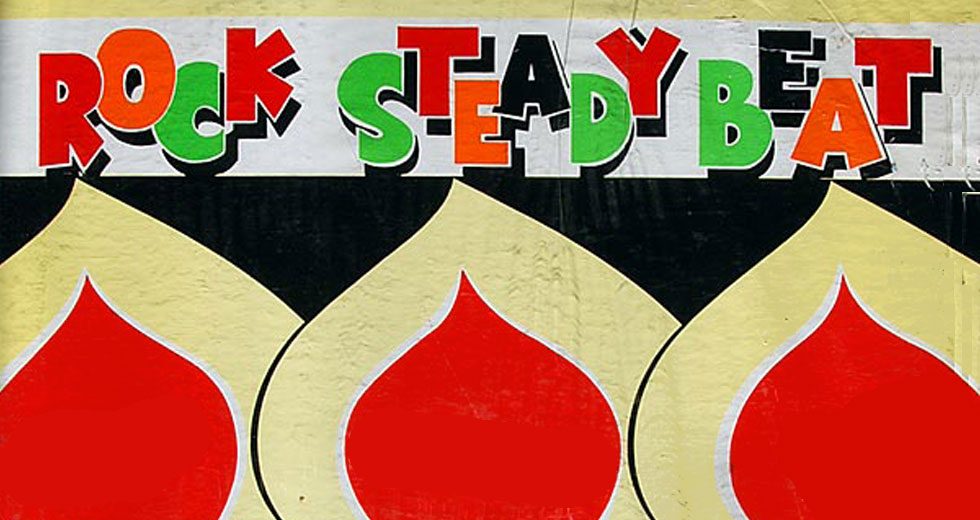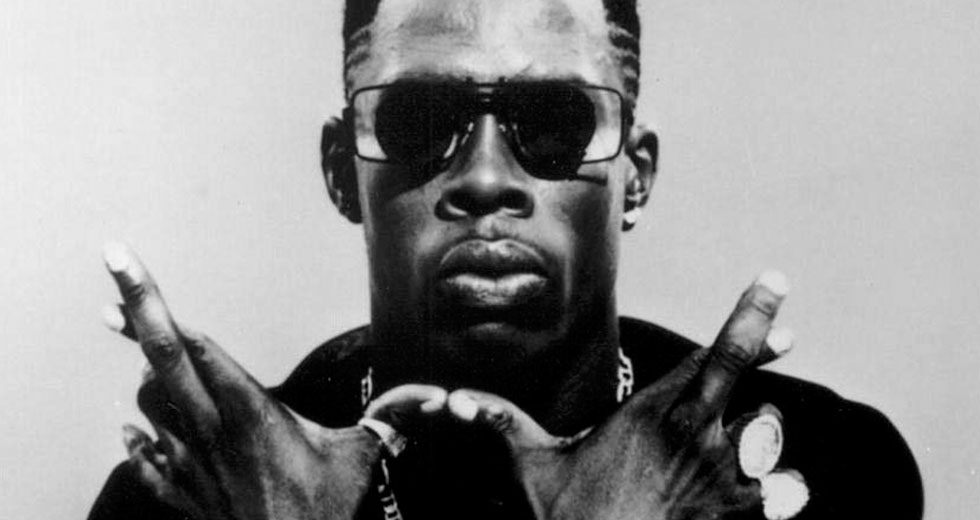In Search of the First Dub LP
Akira Kurosawa's 1950 screen classic Rashomon tells the story of an incident from three different viewpoints; the story of the first dub LP is the Jamaican music scene’s equivalent. The big difference is that no one in Rashomon wants to take responsibility for what happened, whereas every Jamaican producer involved wants to take credit for dub’s debut. But which album really was the first?
According to the meagre evidence that has been unearthed so far, the first batch of dub albums surfaced in late 1973, including Herman Chin-Loy’s Aquarius Dub, Studio One’s Dub Store Special, Clive Chin and Errol Thompson's Java Java Java Java, Joe Gibbs’ Dub Serial, Lee Perry’s Upsetters 14 Dub Blackboard Jungle and Prince Buster’s The Message Dubwise. Every producer has some points that would back up their claim to have beaten the others to the draw, yet the counter evidence is typically just as convincing.
No one in Rashomon wants to take responsibility for what happened, whereas every Jamaican producer involved wants to take credit for dub’s debut.
Studio One founder Clement “Sir Coxsone” Dodd probably presided over more shifts in style than any other record producer in Jamaican music history. Dodd is a likely contender because Studio One was the recording studio in which rhythm tracks were first re-used for different purposes: in American music, the cover version is well-established, with countless artists recording renditions of “Autumn Leaves” by 1964, but while Jamaican musicians often adapted tunes for their own purposes, the Jamaican approach to "version" became something else entirely once multi-track technology allowed rhythm tracks to be re-used.
For instance, at Studio One in 1965, the rhythm of Lee Perry's “Hold Down” was used for the Roland Alphonso’s saxophone instrumental "Rinky Dink"; the following year, the Wailers' "Put It On" became Perry's rude "Rub and Squeeze" through a similar process. As Dodd once explained, "After I was able to purchase a two-track Ampex in '64, I got the idea that if I got the music done first, then I could bring in the artists after and dub in the voices, which really did work for me, because when you're trying to get the musicians and the artists together, there's a lot of stop and go. And after hearing these rhythms, the idea come that we could use the same rhythms for other music, so the first one that I tried was a rhythm by the Wailers, 'Jailhouse,' I use the rhythm and did a song by Roy Richards with the harmonica by the name of 'Green Collie,' and man, that really swing."
Step up a few years and we find King Tubby as an apprentice engineer, present at a legendary 1968 session at Treasure Isle studio, where the instrumental B-side became de rigueur, following a mixing innovation by engineer Byron Smith, which may or may not have been accidental: while mixing down an exclusive acetate for Ruddy Redwood's SRS sound system, Smith removed the vocals, and the resultant raw rhythms proved extremely popular at Ruddy's dances, particularly after U-Roy ad-libbed fluid toasts over them.
Another piece of the puzzle comes in Soul Revolution II, a proto-dub instrumental counterpart to the Wailers' Soul Revolution, which Lee Perry issued in 1971, entirely stripped of the voices, but with none of the echo, reverb and other effects that became part and parcel of dub proper once King Tubby began crafting dub B-sides at his front-room studio. Since Perry was involved in the early versions at Studio One, and since Soul Revolution II was unprecedented, it would make sense if Perry was the one to issue the first fully-fledged dub LP.
But when we thoroughly check all of the available evidence, the most likely candidate is Herman Chin-Loy's Aquarius Dub. Similar in form to Soul Revolution II, the album has voiceless rhythms (aside from a few vocal lines of a Dennis Brown track), relayed in their purest form, with no real production trickery, aside from emphasis on drum and bass. The presence of Augustus Pablo, another prime exponent of dub, is another point in Herman's favour. "That was the first dub album, as far as I know," Chin-Loy insists. "Let me tell you what happened: every customer that comes into the shop that has a set used to come and ask me for dub plates, and the dub plates those days were more or less just rhythm. Then the deejay would go and play the rhythm and talk on it. So I just get [bassist] Val Douglas, [drummer] Michael Richards and [guitarist] Mikey Chung, and about half an hour it take to do that in Dynamics' second studio. Carlton Lee mixed that album, that’s half an hour too. And there was no other dub album – everything else came after."
There was no other dub album – everything else came after.
Dub Store Special might have felt like a stronger album musically, because the rhythms it drew from were so superb, but the following response from Clement Dodd is very telling: "Who did the first dub LP? I would say me, but you know who really put out a early dub LP was this guy at Aquarius, Herman Chin-Loy. But Herman got the idea from us, because we had dub playing on our sound system."
Naturally, Clive Chin suggests otherwise, claiming Java Java Java Java was first – another disc showcasing the talents of Pablo, and also based on raw rhythms. "It was works done between me and Errol, and it was something new at the time. There wasn't an album out there that wasn't mento, calypso or one of them uptown reggae albums, so we wanted to do something different and say, 'We ah go give them a wicked dub album.' We didn’t commercialise it, we do it more like a dub plate special, so the market at that time wasn't great enough to keep the dub flow. People was just starting to listen to this new music, so we didn't consider it was going to be a big hit."
Like many other aspects of Jamaican music, we are unlikely to ever know for sure which of these was actually the first dub LP.
Joe Gibbs' Dub Serial is another early contender, again mixed by Errol Thompson, but since Thompson did not team up with Gibbs until after his days at Randy's, it is unlikely to pre-date Java Java. And Upsetters Dub 14 Blackboard Jungle was certainly early, but Perry's biggest beef about that album, whose initial issue featured split-stereo spatial separation, is not whether it was the first; he has been more concerned with claims of King Tubby's involvement in the disc, which Perry has long disputed. Muddying the waters even further is Prince Buster's The Message Dubwise, which Buster never claimed was the first either; he merely claimed it was the first good dub LP, and emphasised the significance of its title.
"When I say The Message, a lot of people don't understand what I ah talk 'bout. At that time in my life, a lot of things happen to me, and I send a message to some serious people. The music was one thing, but there was sublime messages them must understand. You say them [rival producers] make dub; it's hard for me to tell you what day them make their dub, and I don't have the dates to tell you exactly whether it was them first, but I know a lot of people tell me that The Message was the first good dub that them hear."
The Message, also mixed by Carlton Lee at Dynamics, heightened the inter-related nature of dub and deejay music by including Big Youth's voice on the final track (his photo was also prominently displayed on the front cover); otherwise, the disc is entirely voiceless – another collection of straight rhythm tracks. The back cover's indication of "Raw-Pure-True-Not Diluted-Jamaican Rhythm Expresses the Feelings of the Jamaican People" was entirely accurate.
Like many other aspects of Jamaican music, we are unlikely to ever know for sure which of these was actually the first dub LP. But one thing is certain: each helped the form to mature and blossom into a bona fide art form, changing the way we think about popular music.

